Apoe Alzheimer's Nft
Apoe4 carriers have higher suicide risk and higher odds of reaching nft stage v at ≤ 40 years of age. Proc natl acad sci usa 2010;
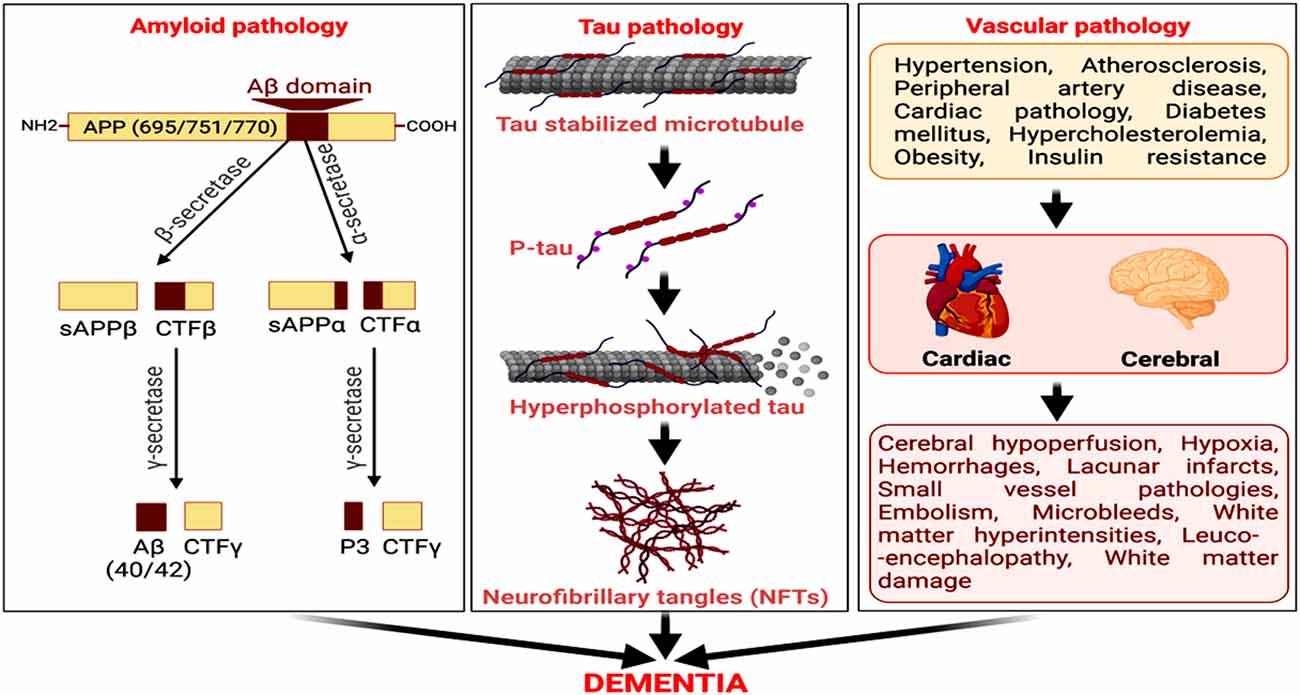
Frontiers Role Of Neuron And Glia In Alzheimers Disease And Associated Vascular Dysfunction Aging Neuroscience
Apoe4 is the major genetic risk factor for alzheimer's disease (ad) pathogenesis.

Apoe alzheimer's nft. Exposures to fine particulate matter (pm2.5) and ozone (o3) above usepa standards are associated with alzheimer's disease (ad) risk. Complement component (3b/4b) receptor 1. While researchers have extensively characterized the impact that apoe ε4 (apoe4) has on the susceptibility of ad, far fewer studies have investigated the phenotypic differences of patients with ad who are apoe4 carriers vs.
Apolipoprotein e (apoe) genotype is a significant risk factor for the development of alzheimer disease (ad) and the apoe protein is associated with senile plaques (sp) and neurofibrillary tangles (nft), the pathological lesions of ad. Despite this data, the relevance of apoe to the disease pathogenesis is unknown. Since the apoe ɛ 4 allele is the major genetic risk factor for ad, understanding its role in the development of ad is paramount.
Apolipoprotein e4 is the major genetic risk factor in alzheimer’s disease. Gene mutation, indirect (psen1/2) gene mutation, direct (app) genetic risk factors (e.g. Alzheimer’s disease (ad) is the most common type of dementia [], affecting at least 27 million people and corresponding from 60 to 70% of all dementias cases [].the occurrence of this disease also has a huge impact on life of patient’s family, in addition to a high financial cost to society [].from an anatomopathological point of view, ad is characterized by two.
In the central nervous system (cns), apoe is mainly produced by glia and astrocytes and transports cholesterol to neurons via apoe receptors, which are members of the low density lipoprotein receptor (ldlr) gene family. Alzheimer's disease (ad) is the most common form of dementia among the elderly. Possession of the ε4 allele of apolipoprotein e (apoe) is the primary genetic risk factor for the sporadic form of alzheimer’s disease (ad).
Di battista et al., 2016; These results suggest a role for ε4 in some of the microvascular changes Allele effects on ad and comorbid pathologies.
Among 18 patients with this condition referred to as nft. Nevertheless, dozens of transgenic (tg) mouse models that recapitulate specific aspects of ad pathogenesis enable mechanistic interrogation and hypothesis testing impossible to achieve in human patients. Apolipoprotein e (apoe) genotypes were analyzed in a subset of demented very old patients who share a uniform neuropathological picture consisting of various numbers of neurofibrillary tangles (nft) in allocortical areas of the inferomedial temporal lobe without significant numbers of either diffuse amyloid or neuritic plaques.
Apoe) toxic aβ peptides nft Thus, apoe genotype contributes to the heterogeneity in rate of clinical progression in ad. Alzheimer’s disease (ad), neuropathologically characterized by extracellular amyloid β (aβ) deposition and intracellular neurofibrillary tangles (nft) of tau protein, is the most prevalent neurodegenerative dementia affecting millions of people worldwide.
A direct link between apoe and the two major pathological hallmarks of the disease, aβ plaques and nfts, has been identified but the precise roles that apoe plays in ad are still debated. However, when amyloid burden was included in the model, apoe was no longer significantly associated with nft burden (β= 0.59, p = 0.08) while amyloid burden was marginally significantly associated with tau burden (β= 0.009, p = 0.057). It currently affects approximately 5.1 million americans, a number predicted to triple by 2050.
Alzheimer’s disease (ad) is a complex, uniquely human condition that has eluded understanding and effective treatment for over a century. Phosphatidylinositol binding clathrin assembly protein. And ε4 was associated with neuritic sp burden, but not nft.
We investigated ad intra and extracellular protein aggregates and ultrastructural neurovascular pathology in. Consistent with previous clinical and pathological studies, our results showed a strong association between the apoe ε4 allele and alzheimer's type pathology, with an increase in nft counts, braak nft stage and sp counts, and a decrease in brain weight among ε4 carriers, all of which remained significant after multiple testing correction.39 the stronger effect on sp. Exposures to fine particulate matter (pm 2.5) and ozone (o 3) above usepa standards are associated with alzheimer's disease (ad) risk.metropolitan mexico city (mmc) residents have life time exposures to pm 2.5 and o 3 above usepa standards.
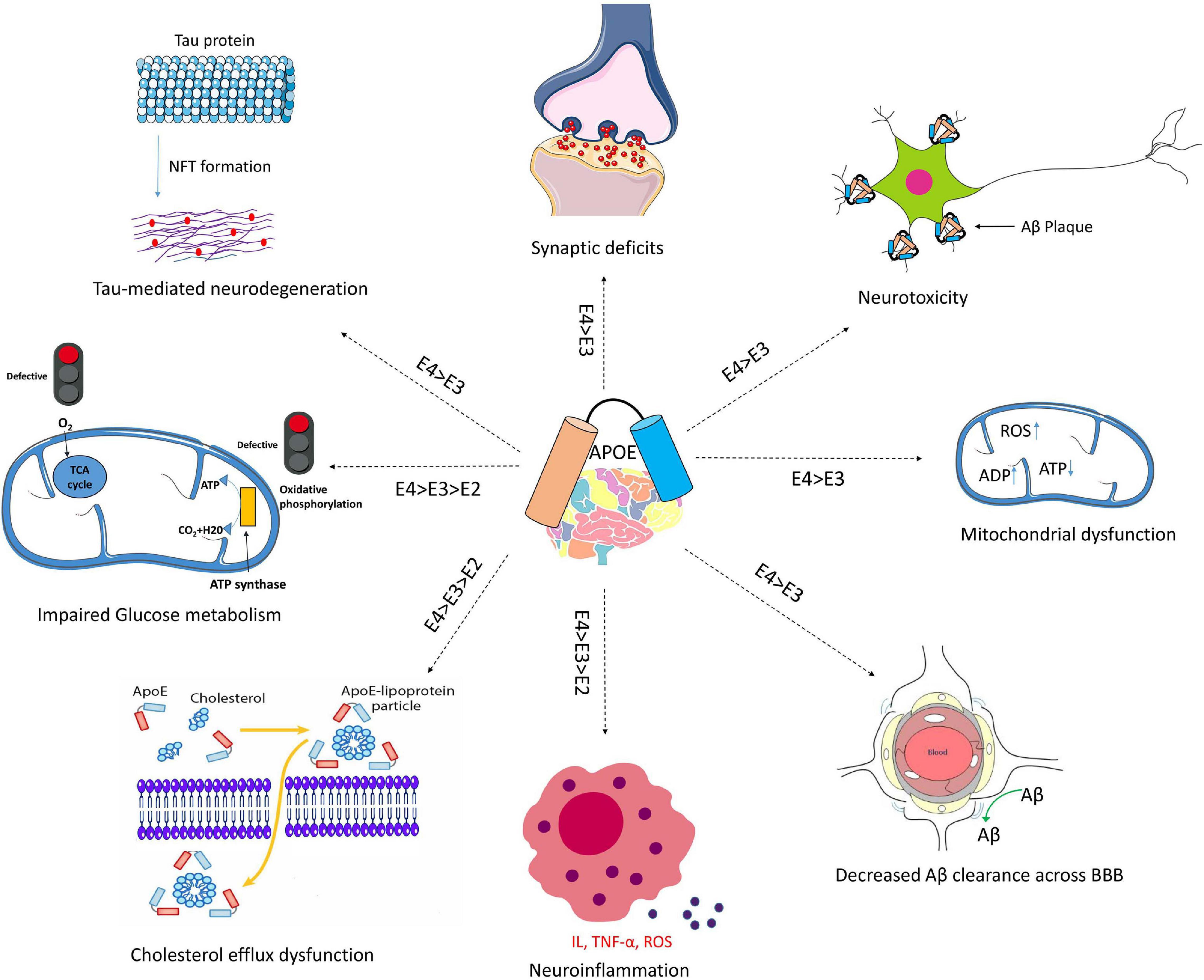
Frontiers Apoe And Alzheimers Disease From Lipid Transport To Physiopathology And Therapeutics Neuroscience
Morphological Forms Of Neurofibrillary Tangles Nft And Progression Download Scientific Diagram

Recent Studies On Cellular And Molecular Mechanisms In Alzheimers Disease Focus On Epigenetic Factors And Histone Deacetylase

Apolipoprotein E And Alzheimers Disease The Influence Of Apolipoprotein E On Amyloid-v And Other Amyloidogenic Proteins - Journal Of Lipid Research

Pdf Risk Factors For Alzheimers Disease Semantic Scholar
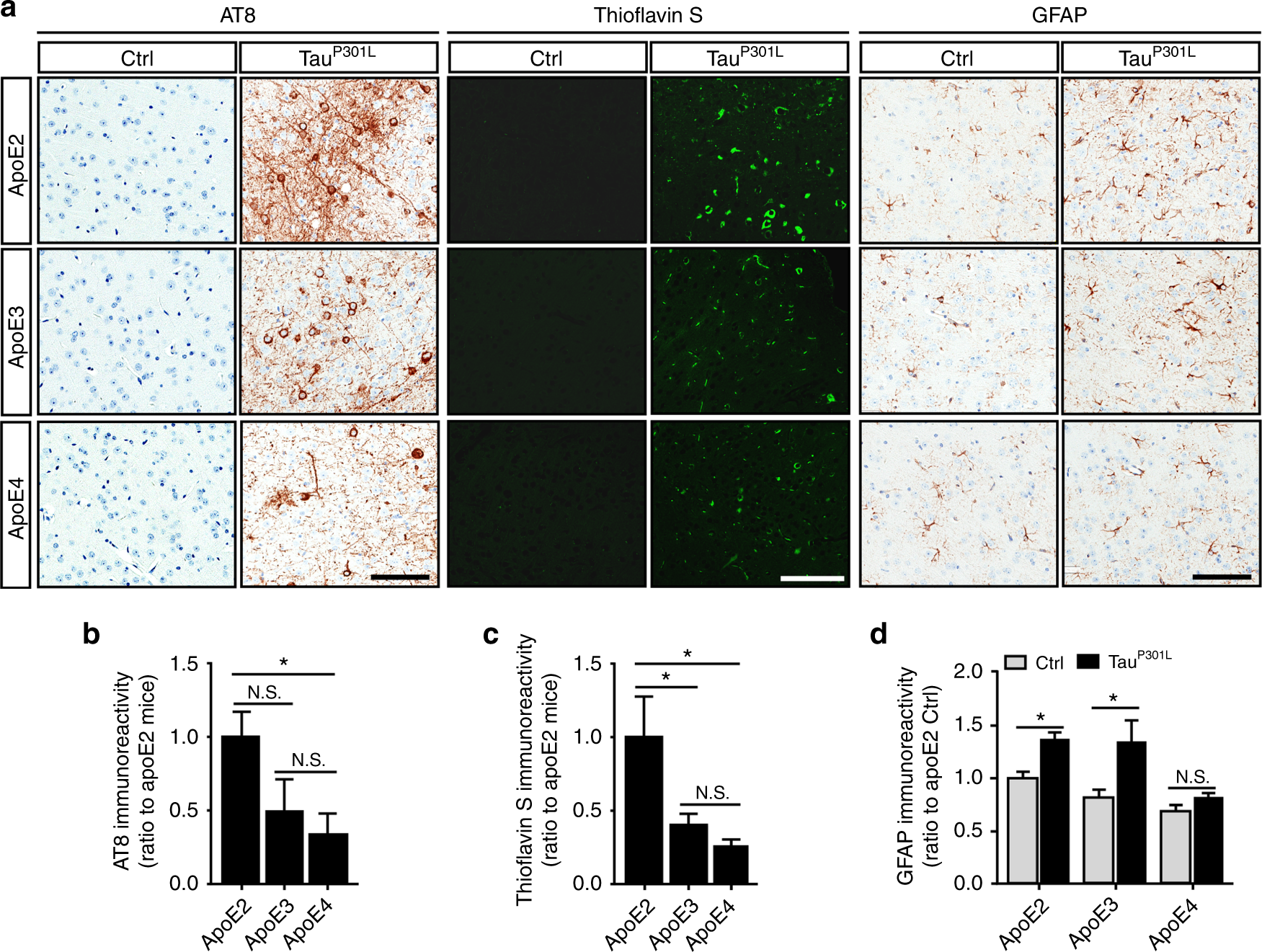
Apoe E2 Is Associated With Increased Tau Pathology In Primary Tauopathy Nature Communications

Apolipoprotein E Fragments Present In Alzheimers Disease Brains Induce Neurofibrillary Tangle-like Intracellular Inclusions In Neurons Pnas

Role Of Apoe4 In Alzheimers Disease Pathogenesis And Inhibitory Download Scientific Diagram

Alzheimer Disease An Update On Pathobiology And Treatment Strategies - Sciencedirect

Apoe-amyloid Interaction Therapeutic Targets - Sciencedirect

Apolipoprotein E And Alzheimer Disease Neurology
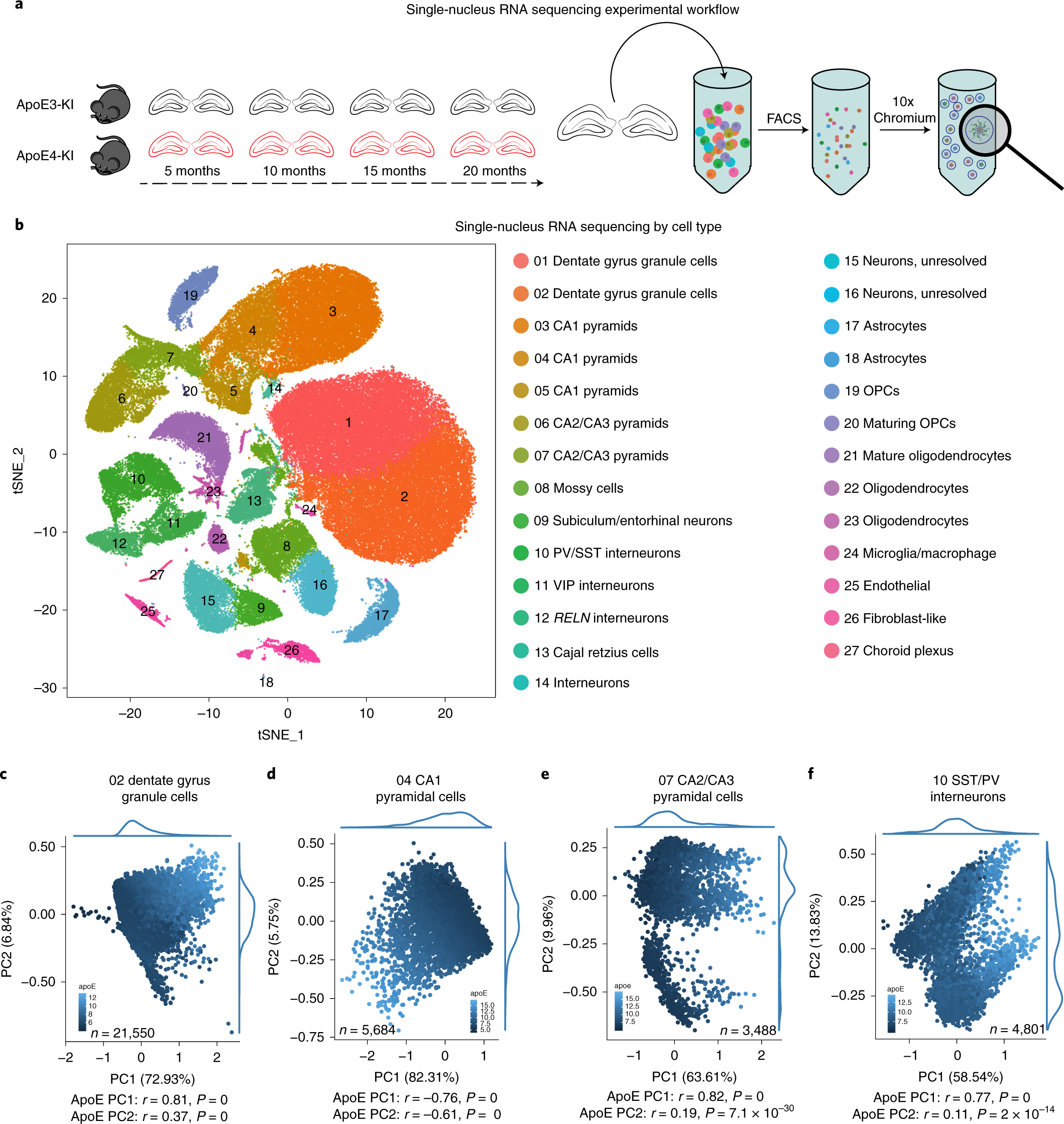
Neuronal Apoe Upregulates Mhc-i Expression To Drive Selective Neurodegeneration In Alzheimers Disease Nature Neuroscience

Dynactin-p50 Dynp50 Vapp And Hyperphosphorylated Tau In Download Scientific Diagram
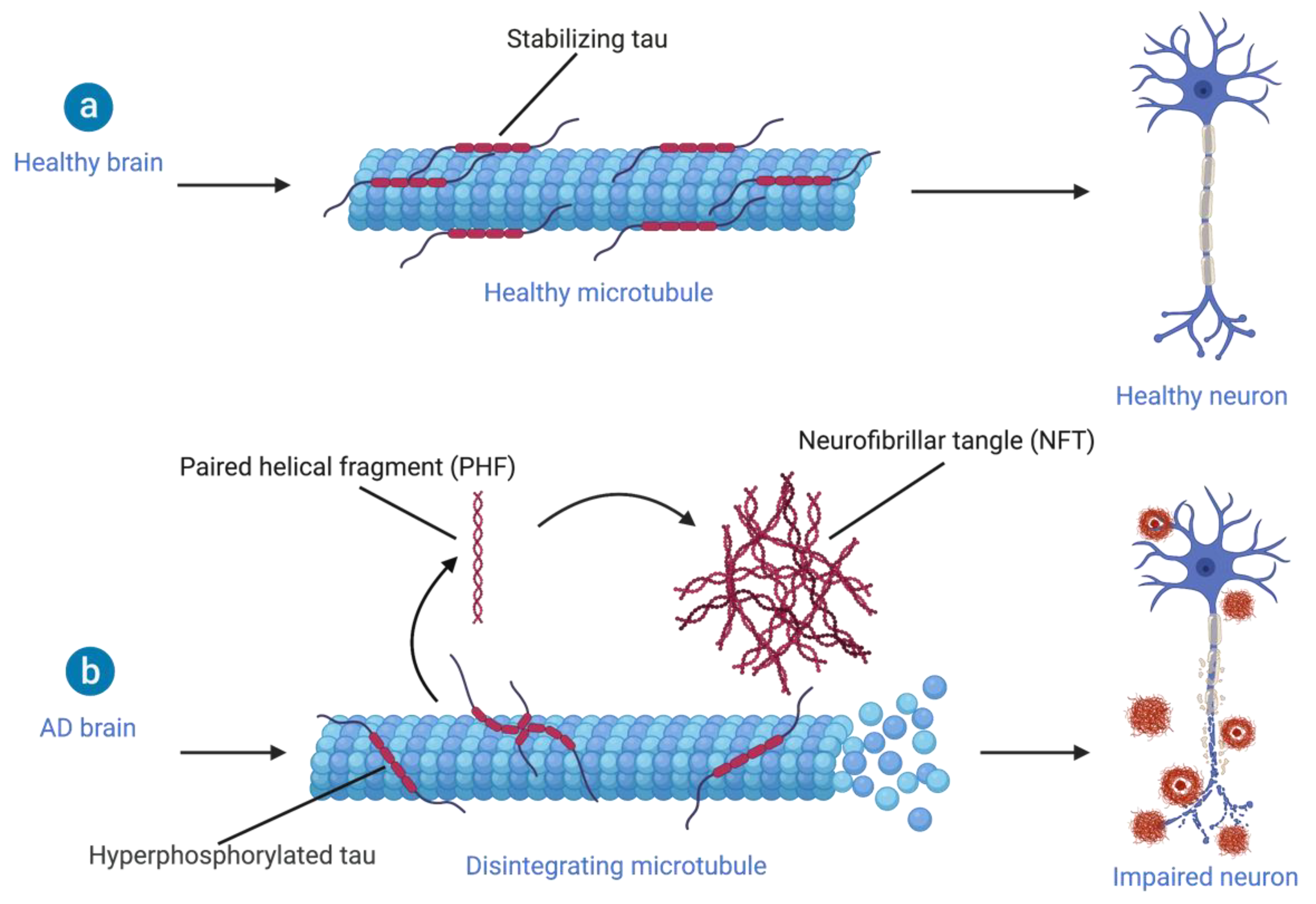
Ijms Free Full-text Imaging Techniques In Alzheimers Disease A Review Of Applications In Early Diagnosis And Longitudinal Monitoring Html

Neuroinflammation In Mouse Models Of Alzheimers Disease - Saito - 2018 - Clinical And Experimental Neuroimmunology - Wiley Online Library
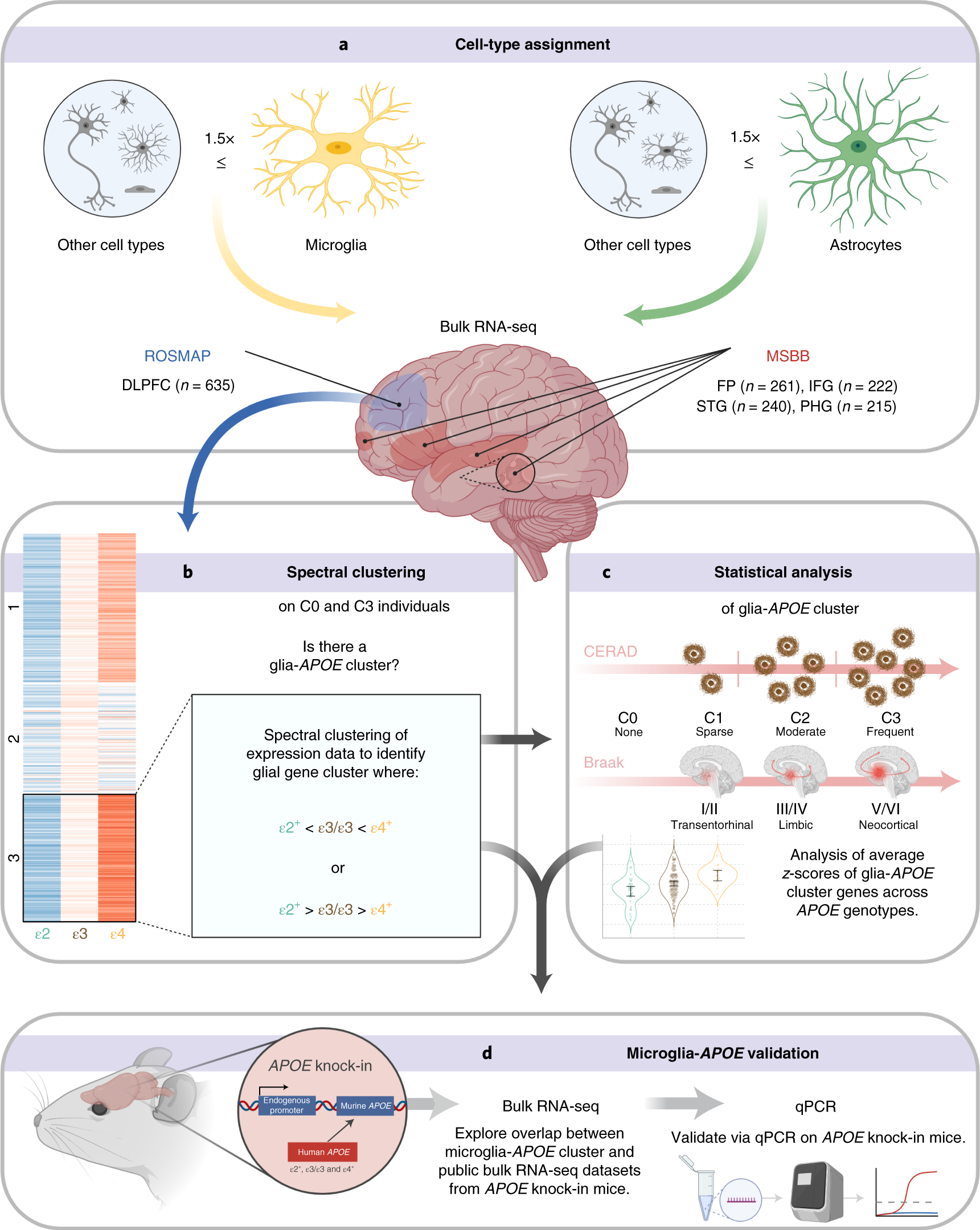
Effect Of Apoe Alleles On The Glial Transcriptome In Normal Aging And Alzheimers Disease Nature Aging

Co-localization Of An Amino-terminal Fragment Of Apoe Within Nfts In Download Scientific Diagram

Alzheimers Disease Pathology In Apoe Transgenic Mouse Models The Who What When Where Why And How - Sciencedirect
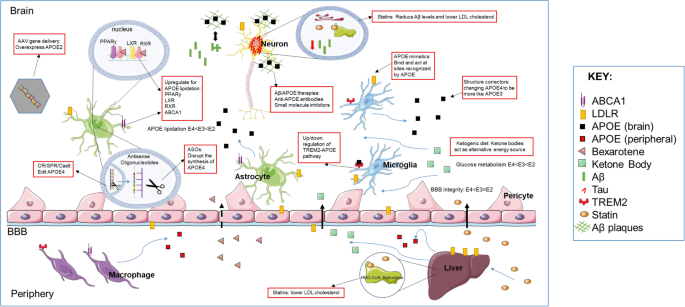
Therapeutic Approaches Targeting Apolipoprotein E Function In Alzheimers Disease Molecular Neurodegeneration Full Text
